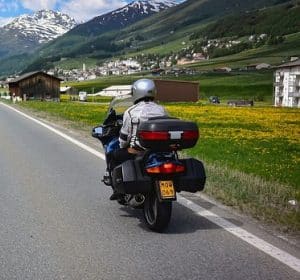Learning to ride a motorbike for the first time might be scary if you’re a total novice. You’re not alone: most first-time riders are nervous about their first rides. When you first swing a leg over the saddle, it’s natural to feel a bit anxious. But don’t let fear rule your life. Learning to ride a bike may be a lot of fun! After you’ve learned the fundamentals, you’ll be able to enjoy motorcycle riding in no time. In fact, we believe you’ll become hopelessly addicted and give up driving completely… But that’s a discussion for another day.
How To Ride A Motorcycle For The First Time? A complete guide for beginners Finds Out Here….!!
Proper Training
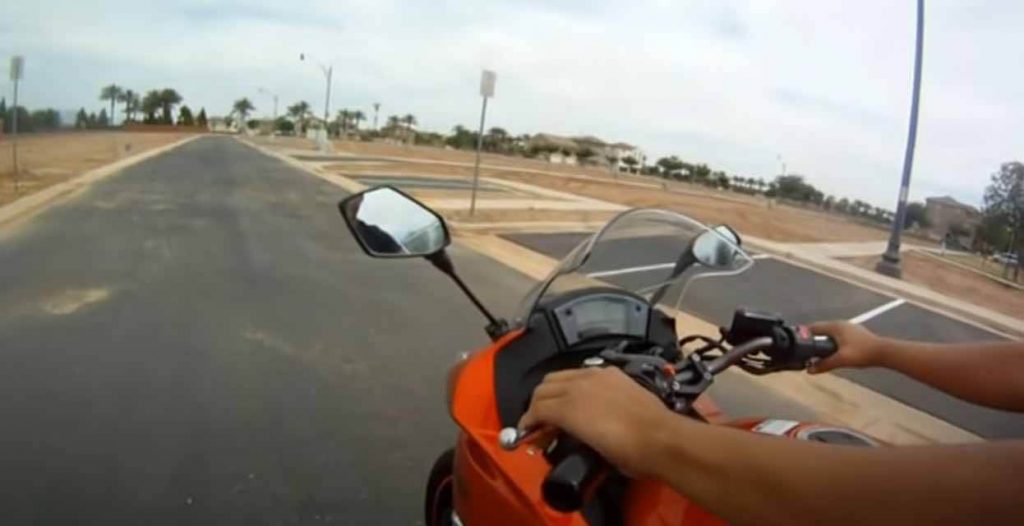
There are several approaches to learning to ride a motorbike. You may learn from a buddy, take the DMV exam and study from a book, or enroll in a safety organization’s motorcycle instruction school. If you’ve just received instruction from a friend or family member, you’re statistically significantly more likely to be in a major motorcycle accident. If you attend a training course from a safety school like the Motorcycle Safety Foundation or MSF, you will be a lot safer and more equipped.
Go With Surface Streets and Freezone
It’s usually advisable to start riding in a parking lot or on the neighborhood’s surface streets when you first start out. Most city streets are generally low-speed, making them an excellent opportunity to put your MSF or STARZ riding abilities to the test. You may start expanding your riding zone and traveling down unfamiliar roads as your abilities and confidence improve.
GEAR UP…!!
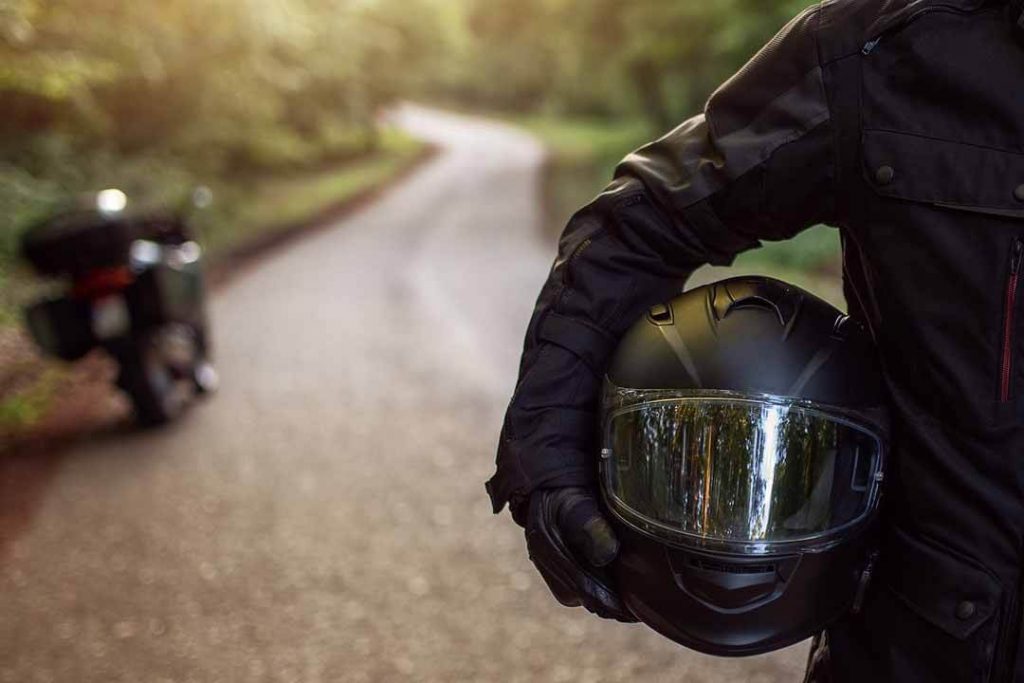
Riding a motorcycle, most importantly, implies some risk. It is your obligation to lessen that risk as much as attainable. To do as such, you’ll require sufficient cruiser stuff to protect yourself in case of an impact.
Prepare Yourself, Even If it’s Your First Class
Wear a helmet, gloves, ankle-protecting boots, motorcycling trousers, and jacket. If you’re not sure what kind of riding you’ll be doing once you have your license — on-road, off-road, adventure, street, enduro – start with the fundamentals.
Get to Know Your Controls: Primary Controls
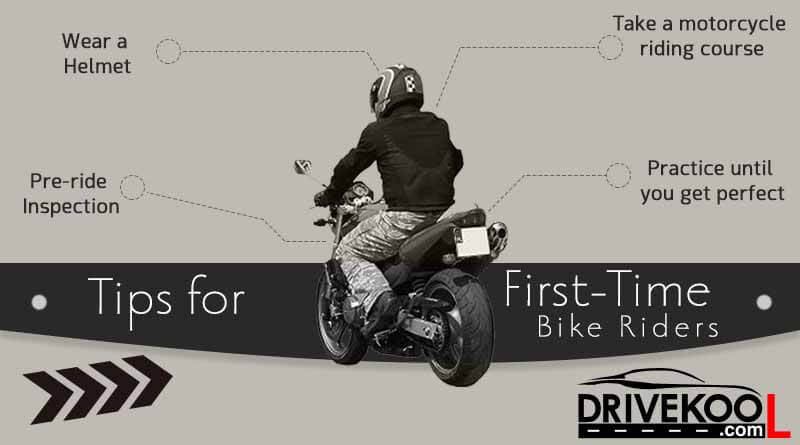
The choke is situated on the right half of the handlebar and is utilized to change the motor speed. It resembles how a vehicle’s gas pedal functions. At the point when you push down on the gas pedal, the motor speed speeds up in increments. Moving off the choke makes the motor stoppage and the bicycle dial back. The roll-on and roll-off positions may be seen in the photographs at the top of the page.
The front brake lever is positioned on the right side of the handlebar, just ahead of the throttle, and is used to engage the front brake. To use the front brake, press the lever.
WARNING: Try not to grasp the front brake switch rapidly and firmly, as you would while slowing down in a vehicle. Crushing the brake switch delicately and progressively builds the power is the legitimate method to utilize it.
The back brake switch is situated close to the right foot position before the right-side foot stake and is utilized to work the bicycle’s back brake. To utilize the back brake, push the switch with your right foot.
The grasp switch is situated on the left half of the handlebar and is utilized to enact the grip. In a manual transmission vehicle, the grip switch fills in as a connection between the motor and the back tires, similar to the grasp pedal. To switch off the capacity to the back wheel, completely draw in the grip switch. Bike grips are successive, and that implies you can’t skip gears. Controlling the bicycle requires the utilization of the grip switch.
You May Also Like:
How Many Miles Do Motorcycles Last? 5 Critical Factors Determining Longevity
Get Familiar With the Secondary Controls
The speedometer, tachometer, and neutral indicator are commonly found on the dash. The speedometer shows the bicycle’s ongoing velocity in miles each hour. The tachometer shows the ongoing motor speed in RPMs (cycles each moment). At the point when the bicycle is impartial, the nonpartisan marker will enlighten. Note that, similar to vehicles, the bicycle might continue onward and in reverse in unbiased.
Mirrors permit you to see what is happening behind you. Cruiser mirrors are curved, so the articles in the mirror are nearer than they look. Turn lights demonstrate path changes or turning. At the point when you press the go change to the left, the left blinker will streak, squeezing it to the right will glimmer, and squeezing it inwards will cripple the blinker. The high/low light emission switches back and forth between high and low shafts.
Choose Your Ride
If you’re just beginning to ride, which bike should you choose? At this stage, the make and model don’t really matter. The weight-to-power ratio is what you should be looking at. You need something light and easy to deal with as a fledgling beginning to ride a bike interestingly. As you gain insight, you might continue to bigger, heavier, and all the more impressive bikes. For the time being, pick something little, light, and in the 250-650 cc reach.
Start the Bike
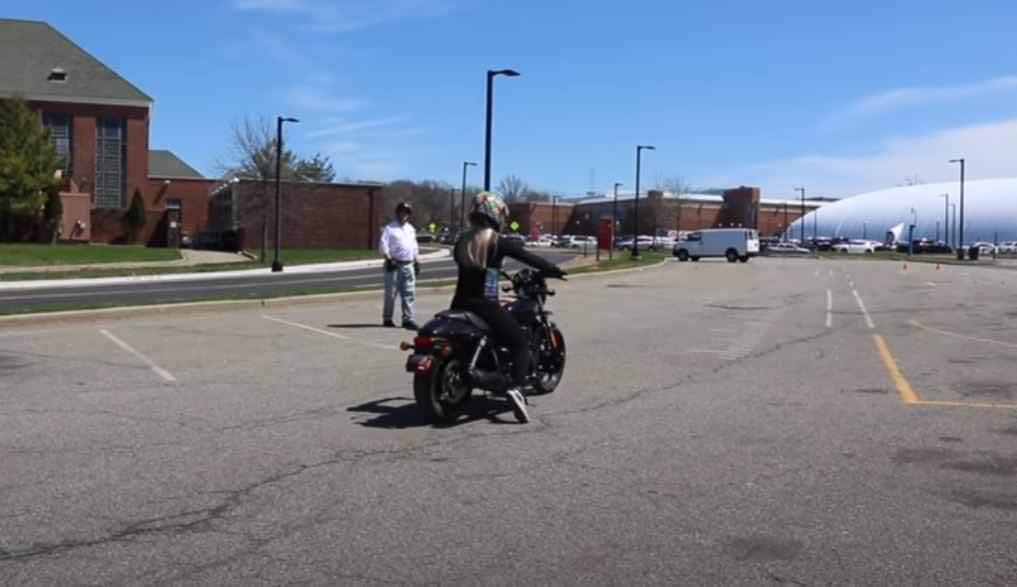
It’s time to get the bike started now that you’ve mastered the controls. When you turn the key to the ON position, the dash should light up. Then, among first and second stuff, find the impartial stuff. Pull the grasp in, then, at that point, utilize your passed by walking to press the shift switch right down, then somewhat up, and the green “N” on the scramble ought to illuminate, it is currently in impartial to demonstrate that the bicycle.
Practice With Clutch..!
This section will introduce you to clutch action and the friction zone. Pull the clutch lever in, then shift down to first gear with your left foot, then gently release the clutch lever while gradually rolling on the throttle. Now that the bike is going, you may let off the clutch completely and provide a bit more gas. During this procedure, you may stall the bike, which is common among novices. There’s no reason to be concerned. To get the bike rolling, simply locate the neutral gear, start the bike, and repeat the procedures above.
Braking to a Stop
You must brake to a stop while approaching a stop sign or red light.
Practice, Practice, and Practice
It’s time to get on the road now that you’ve completed an MSF course and have your license. As a rookie rider, you should obtain as much experience as possible but go slowly: first, practice negotiating traffic safely on quiet, two-lane roads before moving on to motorways and interstates. The more you ride, the more you’ll learn to know your bike; controls will become second nature, and you’ll gain confidence on all types of roads and traffic. However, remember to progress cautiously: putting yourself in stressful situations like rush-hour traffic or high-speed roads might put you off riding, so start slowly, perfect your abilities, and enjoy the ride as much as possible.
Do Not Ride It At All
The following are reasons why you should not ride a motorcycle in the first place:
- You lack the equipment or have borrowed the incorrect equipment (which does not fit you).
- There is no kill switch on it.
- The brakes are beyond repair.
- It won’t idle back down straight away if you rev it at idle.
- Brake or headlight malfunctions
- A demo ride that does not include a walkaround or delivery information prior to the ride.
- If you’re not comfortable, don’t force yourself to do anything you don’t want to do.
Things Before Start Learning Ride a Motorcycle…
Boost Your Skills Confidence
Even if you’ve taken a guaranteed course, it’s critical that you practice. Before riding amid traffic or on a rapid freeway, practice in a more controlled environment.
Recognize Riding Anxiety
Many people are unaware that riding a bike may actually cause a great deal of anxiety. It’s just necessary for the riding experience, and you must acquire it as well as the capacity to supervise it.
Choose a Course
You may get away with having a friend or family teach you how to drive a car, but you shouldn’t try anything as dangerous as a motorbike. There are so many risks at play that it’s far better to know everything there is to know about your bike and how to safely operate it before handing it over to a newbie.
Safety
First and foremost, no matter how fast you go, you’ll have a nice time, so take it slow and don’t do anything stupid. Every time you go on a ride, you must put on your safety gear.
Get Your Driver’s License
You’ll need to go acquire your permit assuming you pass your MSF class. It will be tedious, much like earning your driver’s license; however, the good news is that you will only have to take the written portion of the test.
Conclusion:
Learning how to ride a bike may be a lot of fun. A safe and regulated environment is important for learning how to bike properly. Always put safety first, and make sure you have the right safety equipment for the type of riding you’ll be doing. Beginners can enroll in bike safety classes that will provide them with the tools they need to ride safely. Learning key motorbike skills is similar to learning to drive. Both might be a little frightening at first.
However, if you approach riding a motorbike with caution and awareness, you may make the learning process go more smoothly. You’re almost ready to ride once you’ve decided on the type of motorbike you want to ride, purchased adequate safety equipment, such as a well-fitting helmet cover, and taken care of licensing and insurance. Choose a motorbike that is the right size and fit for you, especially if you are a beginner.
M/ZA


